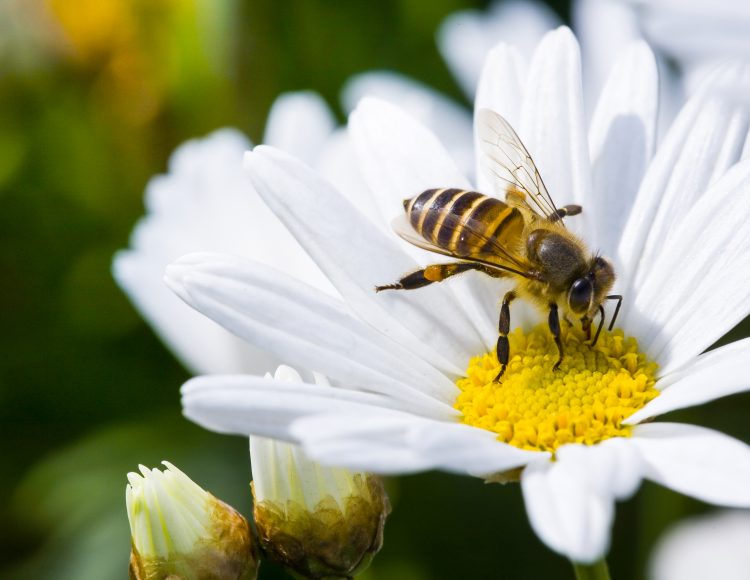Eating a vegetarian diet is one of the best things you can do to stop climate change – it’s also delicious and loads of fun!
-
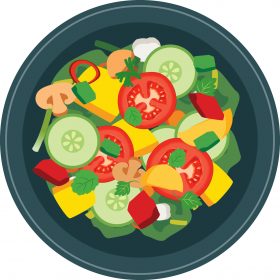
Eating a veggie diet means 2.5 x less carbon emissions than a meat diet. [1]
-

A chicken breast takes over 735 litres of water to produce, that could fill up your bathtub 4.6 times. [2]
-

By eating vegetarian food for a year you could save the same amount of emissions as a family taking a small car off the road for 6 months. [3]
-
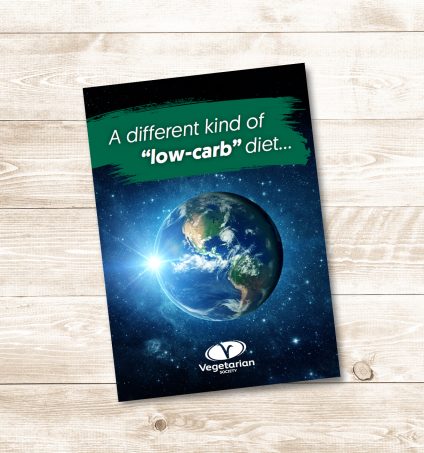
The population is set to rise to around 9.7 billion by 2050[4] and we are consuming the planet’s natural resources faster than the Earth can replenish them. Without change, by 2050 we’ll need the equivalent of three planets resources[5] to meet our current needs.
Climate change
-
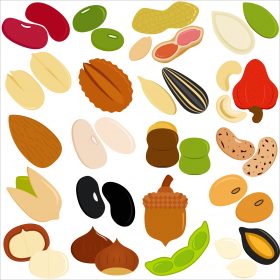
Reduce carbon
Our planet is heating up. By replacing meat with vegetarian sources of protein, (nuts, seeds, beans and lentils, for example), we can reduce carbon and other greenhouse gas emissions. The whole food production process of farm-to-plate totals 26% of all global greenhouse gas emissions [9]
-

Save emissions
By eating vegetarian food for a year you could save the same amount of emissions as a family taking a small car off the road for 6 months [3]. You might not be able to stop using your car in day-to-day life, but you can choose to eat veggie food.
-
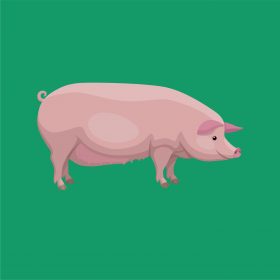
Land and water
More agricultural land is used to raise cattle than all other domesticated animals and crops combined [7]]. A vegetarian diet requires two-and-a-half times less the amount of land needed to grow food, compared to a meat-based diet [8]. Livestock in the UK eat more than half of the 20 million tonnes of cereal consumed. That’s over 50% of wheat and 60% of barley. [6]
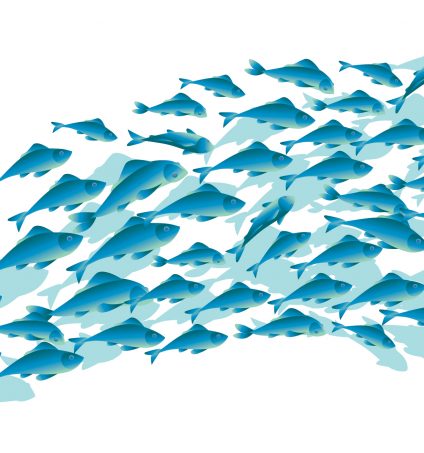
Vegetarians don’t eat fish or seafood
Look for these trademarks to make your shopping easier


-
References
[1] “After adjustment for sex and age, an average 2,000 kcal high meat diet had 2.5 times as many GHG emissions than an average 2,000 kcal vegan diet.”
Scarborough, P., Appleby, P.N., Mizdrak, A. et al. Climatic Change (2014) 125: 179.
https://doi.org/10.1007/s10584-014-1169-1[2] Based on data from the Water Footprint Network 2021. https://waterfootprint.org/en/resources/interactive-tools/product-gallery/
The global average water footprint of chicken meat is 4325 litres per kg. Comparison is of a 170g chicken breast against a standard bathtub size of 160 litres, which gives x4.6 difference. The Water Footprint Network’s figures are based study by Mekonnen, M.M. and Hoekstra, A.Y. (2012) A global assessment of the water footprint of farm animal products, Ecosystems, 15(3): 401-415.
[3] “A family running a 10-year-old small family car for 6,000 miles has a carbon footprint of 2,440kgCO2e (Carbon Footprint. Carbon footprint calculator. www.carbonfootprint.com/calculator.aspx Accessed 2021), roughly equivalent to the annual carbon saving of two high meat-eating adults moving to a vegetarian diet.”
[4] United Nations population stats 2019. https://population.un.org/wpp/Publications/Files/WPP2019_Highlights.pdf
[5] Mike Berners-Lee et al. (2018). Current global food production is sufficient to meet human nutritional needs in 2050 provided there is radical societal adaptation. Elem Sci Anth. 6. 52. 10.1525/elementa.310.
[6] Agriculture and Horticulture Development Board (AHDB) UK annual supply and demand estimates 2021. https://projectblue.blob.core.windows.net/media/Default/MI%20Reports/BST/UK%20Supply%20and%20Demand/202021/202021%20-%20May%20update.pdf
[7] Hannah Richie 2017, based on study by Alexander, P, Brown, C, Arneth, A, Finnigan, J & Rounsevell, M 2016, ‘Human appropriation of land for food: The role of diet’, Global Environmental Change, vol. 41, pp. 88-98.
https://ourworldindata.org/agricultural-land-by-global-diets
https://doi.org/10.1016/j.gloenvcha.2016.09.005[8] World Wide Fund for Nature https://www.wwf.org.uk/
[9] Poore, J and Nemecek, T (2018). Reducing food’s environmental impacts through producers and consumers.

